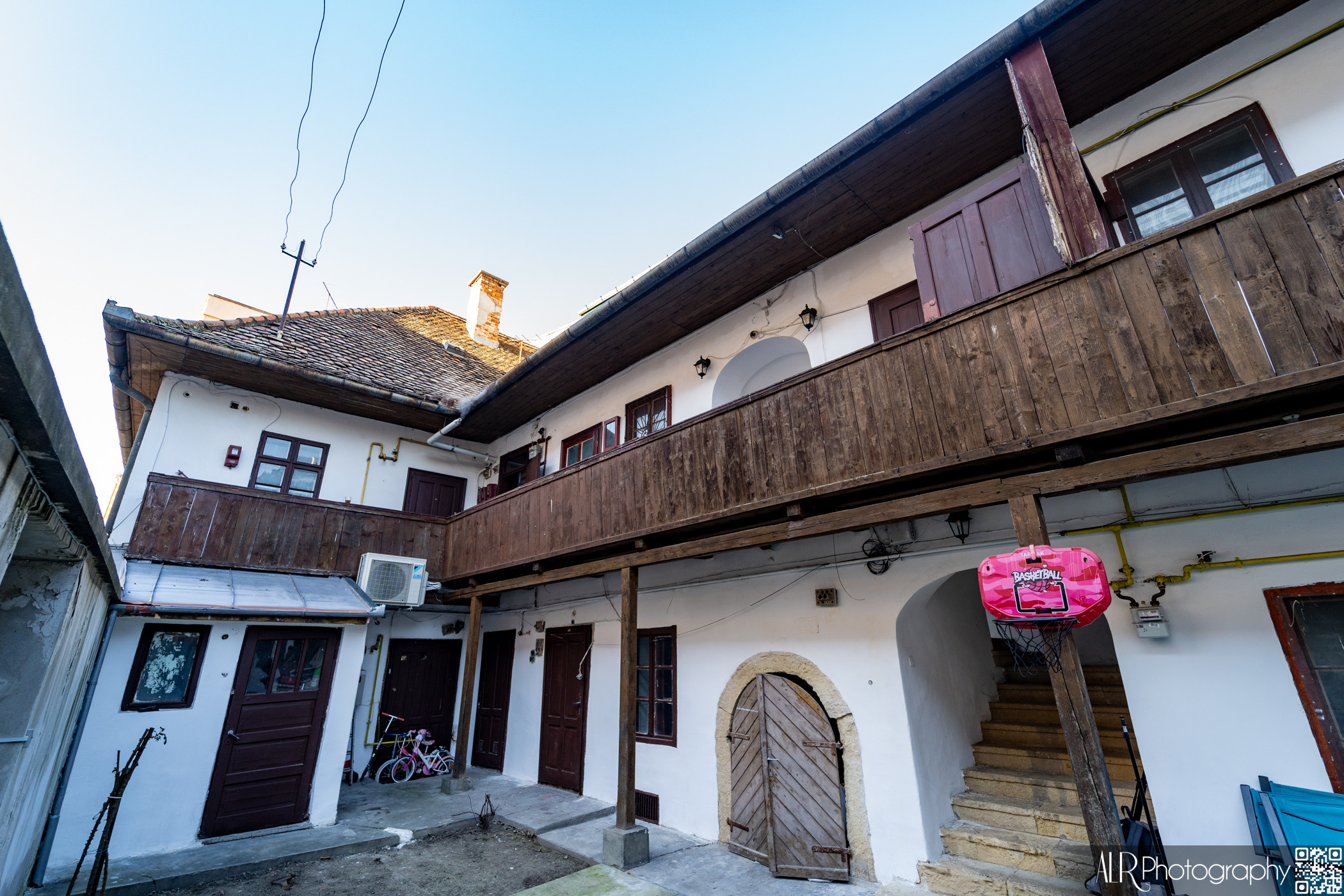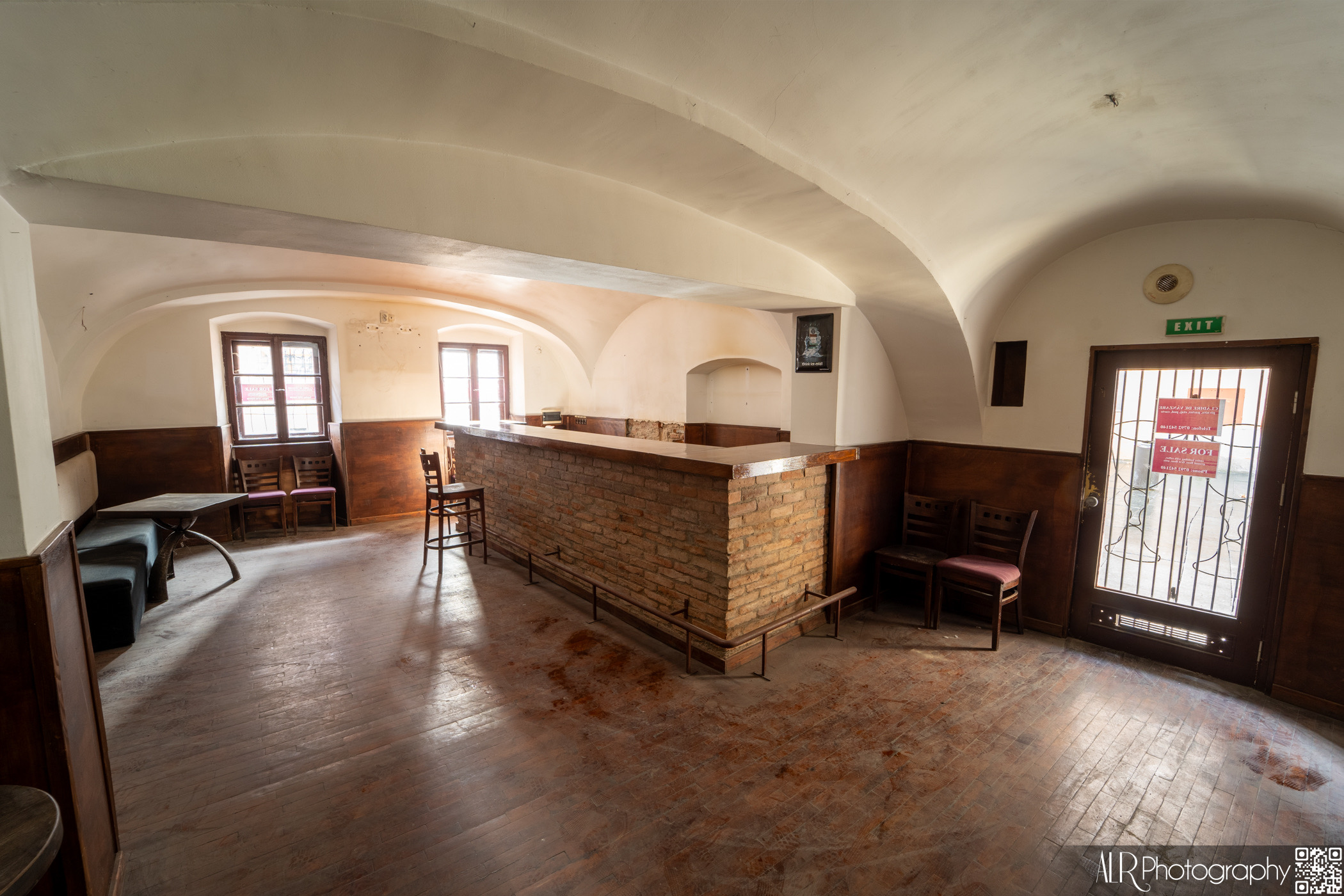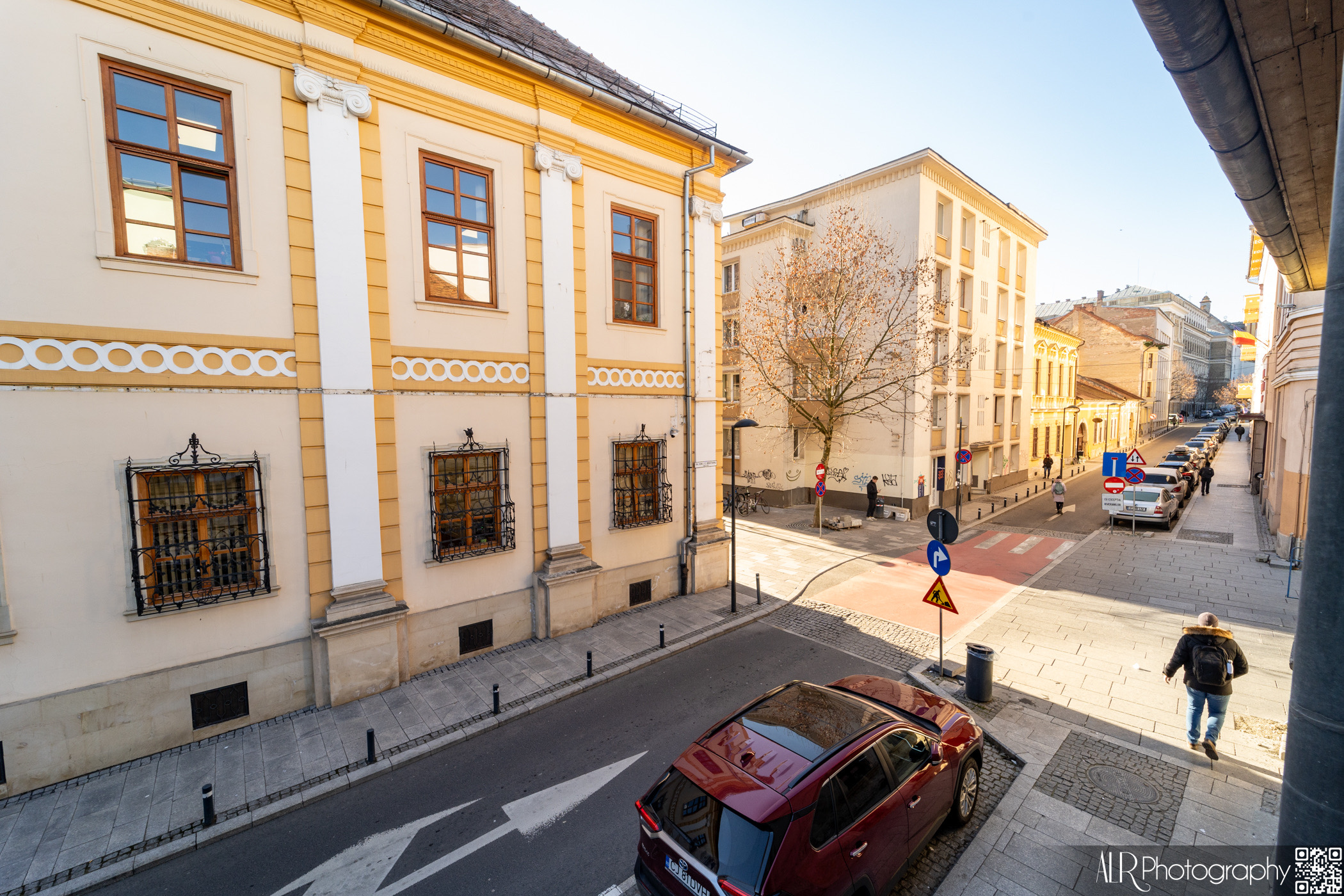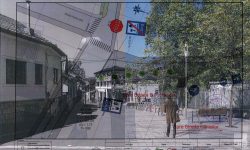In the bustling heart of Cluj-Napoca, Romania's thriving second city, a beacon of history and potential beckons investors. Casa Aurarului, a treasured architectural masterpiece dating back to the mid-18th century, has been placed on the market, stirring both local and international interest.

Truly a Remarkable History
It's a registered historical landmark (CJ-II-m-A-07290) and known as the best-preserved urban house in the style of the late Renaissance, Casa Aurarului that stands proudly at the intersection of Strada I. C. Brătianu (Uliţa Regală) and Strada Hermann Oberth (Uliţa Minoriţilor), opposite the Toldalagi-Korda Palace. This building, constructed between 1724-1725, served as the home and workshop of the goldsmith Ujhelyi Gabor, with window engravings of chalices, the year 1724, and the initials U.G. and Sz.A, commemorating the craftsman and his wife, Szolosi Anna.
The property's historical narrative is enriched by the legend of King Matthias Corvinus, suggesting a connection between the king and the Goldsmith's House. While the legend cannot be substantiated due to the construction date of the house, which postdates the king's death by nearly three centuries, it adds a layer of intrigue and cultural significance to the building. It is possible, however, that this story took place in the house that existed on that site before and may explain why the street was once named Uliţa Regală, which translates to “Regal Street” in English.
Golden Past, Gleaming Future
Opportunities to acquire landmarks like Casa Aurarului in Cluj-Napoca are increasingly rare or almost unheard of. The city's booming economy and growing population generate high demand for housing, particularly for unique properties in central locations. The building's historical status further positions it as a lucrative investment with the right vision.

Today, Casa Aurarului offers a multifaceted opportunity: This unique building, totalling more than 804 m², which contains nine apartments is for sale, with potential for additional development. The owner has informed that there's also the possibility of extending one more floor on the eastern side, aligning with the height of the main building, thereby enhancing its value and utility.
Beyond its living quarters, courtyard and commercial space, the property boasts an impressive basement, which, with the right vision and necessary permits, could be transformed into an exclusive bar or wine cellar, adding to its allure and commercial viability. In several areas, you can see walls constructed from a mix of stone and brick. The stones appear irregular and rough-hewn, which is typical of older construction where locally sourced materials were used, often laid in place without extensive shaping or sizing. This suggests that parts of the basement may be much older than the sections with more uniform brickwork. The stone walls are likely to be foundational elements, part of the original construction, which would have provided a sturdy base for the building above.

The contrast of rough stone, red brick, and timeworn wood creates a tapestry of textures that narrate the building's enduring legacy. Each material speaks to a different era, a different hand in the crafting of this enduring structure.
Casa Aurarului isn't merely a building; it's a prime investment opportunity in a rapidly appreciating real estate market. Cluj-Napoca's economic strength, fuelled by the IT sector and strong university presence, underpins the potential for lucrative returns, with the flexibility to serve as a boutique hotel, a set of luxury apartments, the home of an institution or a commercial space with a historical twist.

It's situated on a street that hosts a number of notable institutions and offices and the property promises to be a cornerstone of culture and history. Adding to the historical allure, recent modernisations of Hermann Oberth Street revealed its origins as a Roman road. Plans to potentially pedestrianise this historical route would elevate Casa Aurarului's visibility and prestige with the potential of a terraced area, of course, if permission is granted.
The sale price, set at 2.1 million euros, reflects the property's stature as a monument of history and its potential as a literal landmark investment in the heart of one of Romania's most dynamic cities.
Casa Aurarului stands in the heart of Cluj-Napoca's cultural and administrative district. On Strada I.C. Bratianu, potential buyers will find themselves neighboring institutions such as the Piarista Church (Biserica Piaristă) , the National Bank of Romania, the Faculty of European Studies, the Babeş-Bolyai University headquarters, The National Academy of Music, and numerous other prestigious establishments. Investing in Casa Aurarului not only means owning a piece of history but positions the buyer within a vibrant, influential community
In a city where demand for unique properties consistently outpaces supply, Casa Aurarului offers savvy investors a golden opportunity to own and shape a piece of Cluj-Napoca's history – and its future.



